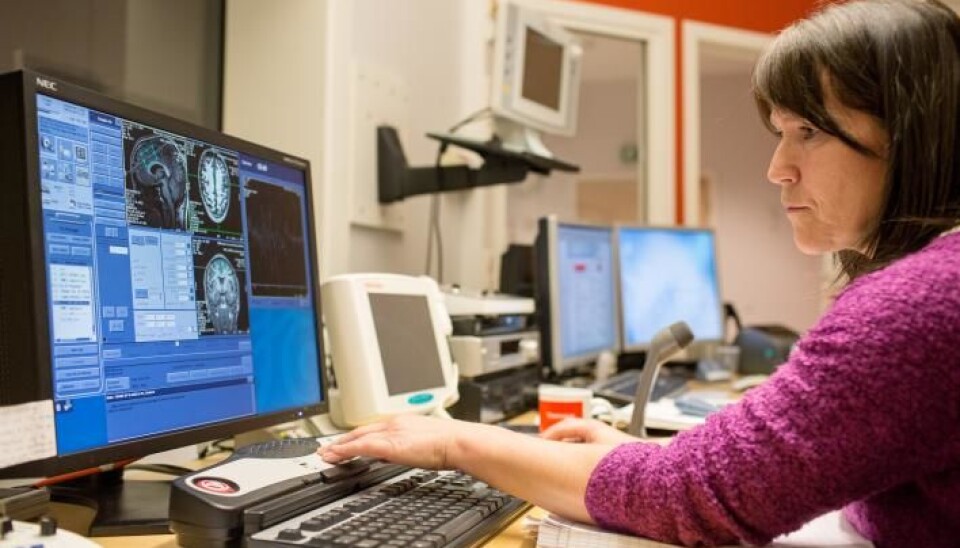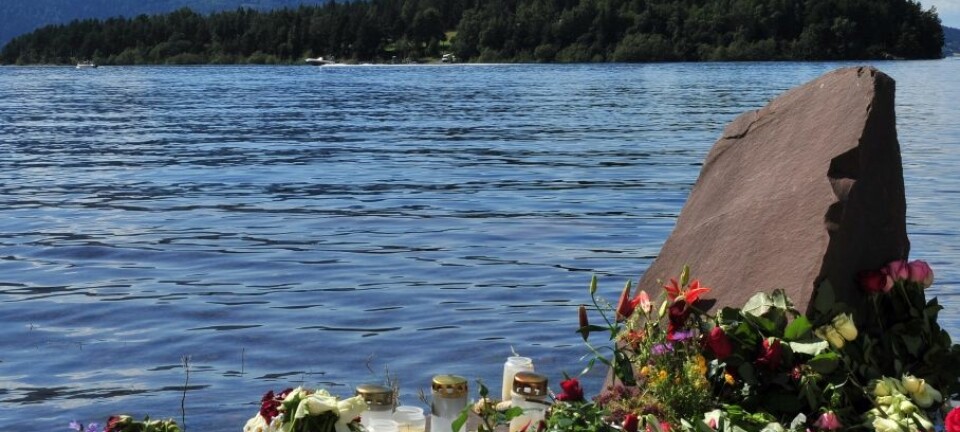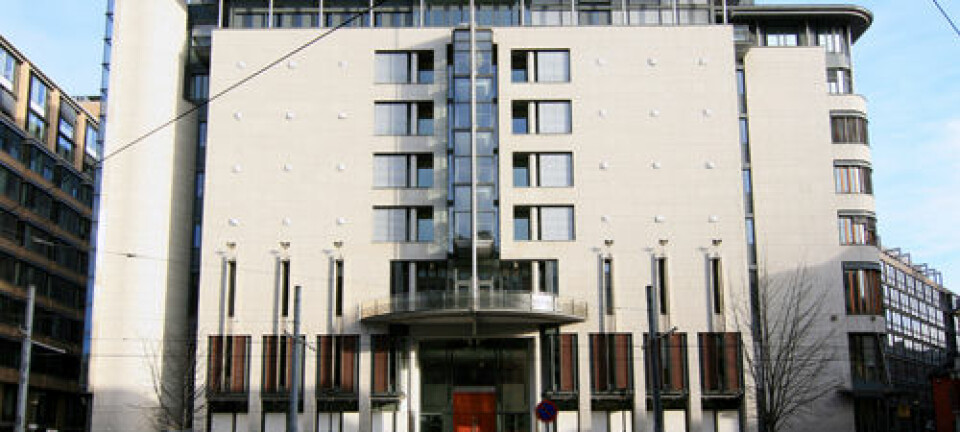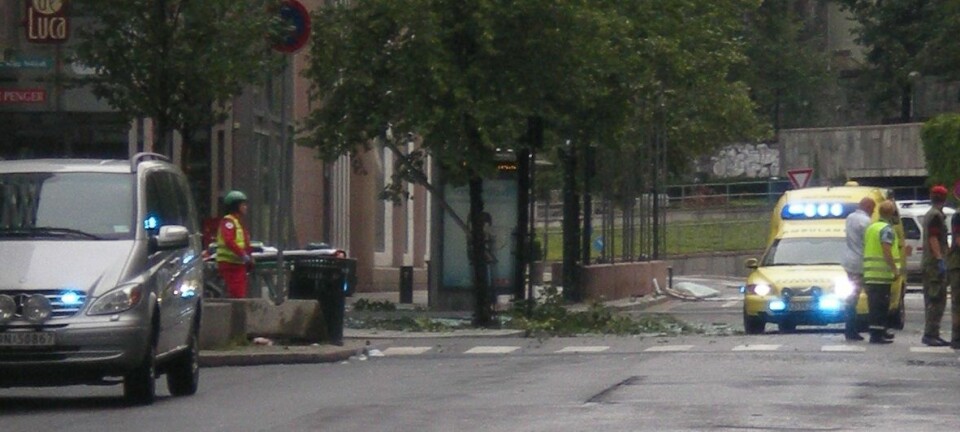This article was produced and financed by University of Bergen

Looking for trauma in brain scans
Researchers use brain scans to look at potential traumatic effects on the young people caught in Norway's 2011 terror attack.
Denne artikkelen er over ti år gammel og kan inneholde utdatert informasjon.
On 22 July 2011, Norway suffered its biggest terrorist attack in peacetime when 77 people were killed by a right-wing extremist.
Of the 77 killed, 69 were massacred on the island of Utøya, where the Workers’ Youth League (AUF), the youth organisation of Norway’s Labour Party, was gathered for their annual summer camp. The youngest victims were only 14.
Now a research team at University of Bergen, led by Associate Professor Anne Marita Milde, use brain scans to find out if and how the trauma experienced by the young survivors of the massacre will affect them in the longer term.
“First we look at whether the amount of cortisol, which is a stress hormone, is abnormally high and has an uneven circadian rhythm in the Utøya youth. This can tell us whether the young people are still in a ‘state of alarm’. Through other tests we examine the young people’s concentration, memory, impulse control and attention,” says Milde.

The project is called The effects of acute stress on the immature brain, and there are seven researchers in the project.
“I got the idea for the project when I read a summary of all the 22 July research projects. There were many, but none of them covered the neurobiological aspect. I thought that there must be a need for that,” says Milde.
A day at the clinic
The research project started in January 2013. Some months later we meet the researchers at Haukeland University Hospital, where one of the survivors from Utøya is in for testing.
The young man is placed in a MR-scanner. His brain is scanned for an hour. A high-frequency metallic sound can be heard through the wall of the control room, where Milde's colleague, doctor Olga Therese Ousdal sits. Along with the radiographer, she will ensure that valuable information about these young people’s brain activity is saved.

“The aim is to find out if brain structures of the Utøya survivors are activated differently than individuals of the same age and gender that have not been exposed to any traumatic event,” explains Ousdal, who is responsible for the MR-examinations.
Whether the Utøya youth have more cortisol in their bodies is surveyed with the aid of saliva samples, on an ordinary day and on the day of testing. The control group consists of young people in the same age group from other political youth groups in Norway.
“From earlier research we know that a high concentration of cortisol in the body over a considerable time can affect the brain’s structure and activity. The brain of a person between 16 and 25 years old is however not fully developed,” adds Milde.
“Theoretically, it should therefore be much easier for it to repair itself, such that it can eventually return to a normal level of functioning. Through our research we will perhaps find out whether this is the case in real life.”
Comprehensive tests
The MR scan is complete, but the testing of the young man has only just begun. Now he will undergo a neuropsychiatric interview where any symptoms of mental illness will be surveyed. After that he will complete a range of different tests of concentration, attention, response time, work memory and impulse control.
In total, each young person is tested for about four hours.
“This is actually the world’s first study using such comprehensive methods to examine young people’s response to traumatic stress. We are thorough because we think we have a rare scientific opportunity that we must seize,” says Milde.
“The fact that the Utøya youth are so similar in age and background, and have experienced the same trauma, makes the results more generalisable than similar studies which have been carried out earlier.”
A unique study
In similar studies conducted after the September 11 attacks on USA and after the bombing in Oklahoma in 1995, the research subjects have among other things had different ages and backgrounds.
“Norwegian young people have for the most part grown up in a very safe and protected culture. They are perhaps not as prepared for violence as, for example, in the USA. That means that the American studies might not apply to Norwegian conditions,” says Milde. “We now have a unique opportunity to find out how Norwegian youth experience trauma.”
“We hope the study will give new knowledge that the National Health Service can use in follow-ups of young people who have traumatic experiences,” she says, before she adds, “In addition, the results will contribute to the knowledge of how trauma and stress may affect the brain in the longer term, and this can contribute to valuable knowledge on how to develop best practice in long-term follow up.”
The researchers hope to present the first results from the study in the first half of 2014.
Translated by: Sverre Ole Drønen

































